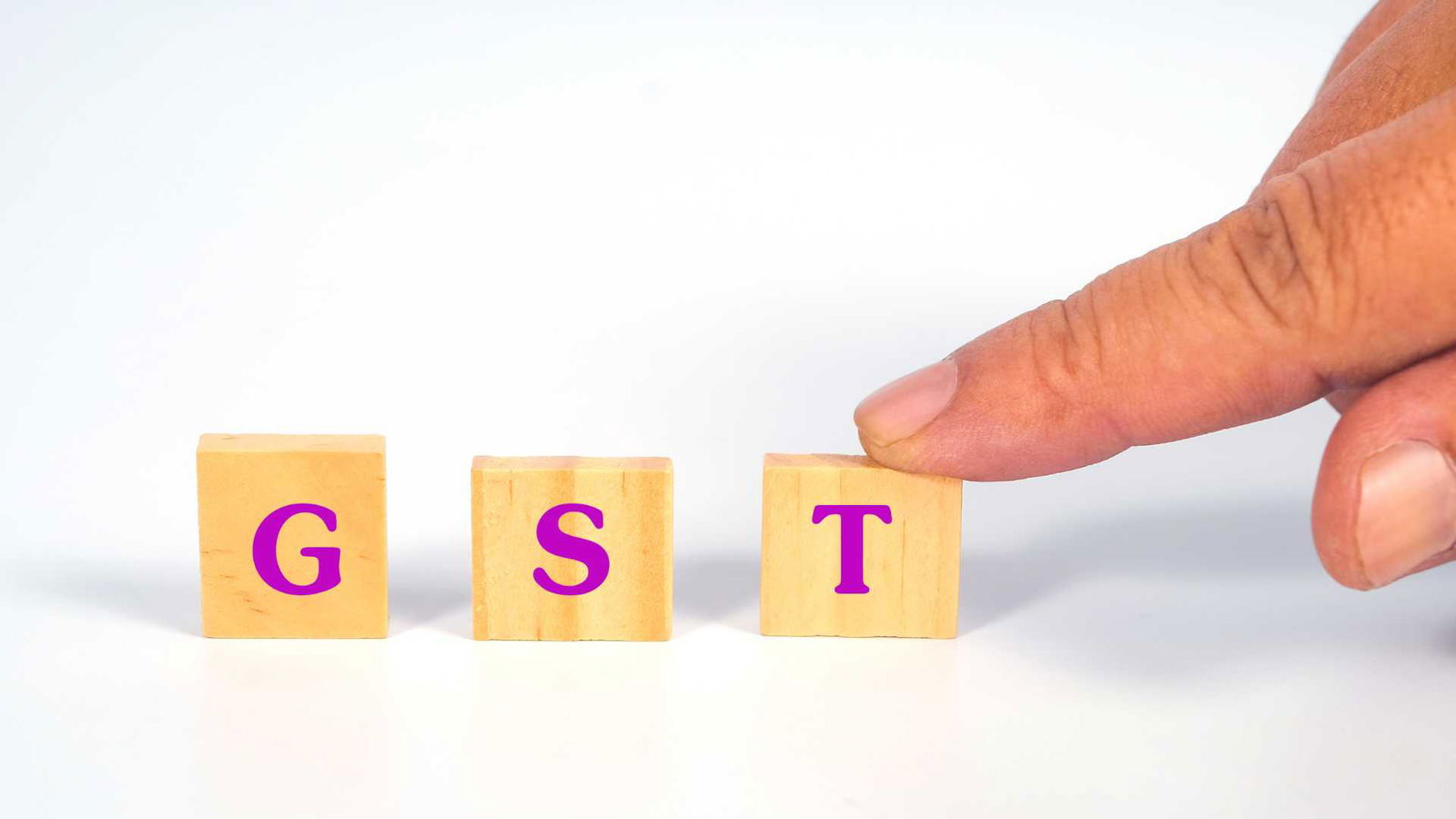Goods and Services Tax (GST) is a major change within the Indian taxation system, introduced on July 1, 2017. It replaced various secondary taxes with a single tax system, improving tax policy for companies and clients alike. Understanding the GST registration process is important for any business company working in India, as it not only legitimizes their operations but also ensures compliance with tax law standards. This blog will take you through the registration process, who is qualified to sign up, and the cost of maintaining compliance with the submitted registration.
Who Needs to Register for GST?
GST registration is needed for one-of-a-kind types of companies. Here are the key companies that should register:
- Businesses with a Turnover Exceeding Threshold Limits: Any commercial business whose mixed turnover exceeds ₹20 lakhs (₹10 lakhs for unique class states) in an economic 12 months is needed to reap GST registration.
- E-commerce Operators: Registration is needed regardless of wages if you are an e-commerce operator or someone sharing things or offers through an e-trade site.
- Casual Taxable Persons: Individuals or companies that occasionally offer goods or services in a taxable area where they do not have a set place of business must also register.
- Non-Resident Taxable Persons: Non-residents giving goods or services in India need to register for GST, irrespective of their income.
- Others Requiring Registration: This includes businesses involved in interstate trade, those forced to pay tax under the reverse charge method, and those who freely wish to register.
Steps for GST Registration
- Preparation of Documents
Before starting the registration process, ensure you have the necessary papers ready. Key papers include:
- PAN Card: Permanent Account Number (PAN) of the business.
- Proof of Business Address: This can be a rental deal or electricity bill.
- Bank Account Details: A copy of the bank account or passbook.
- Identity Proof: Aadhar card or voter ID of the approved signature.
- Online Application Process
The registration process is mainly online and can be finished through the GST site. Here’s how:
- Access the GST Portal: Visit (http://www.gst.gov.in).
- Fill out Form GST REG-01: Provide all necessary information, including business name, location, and PAN.
- Upload papers: Attach all necessary papers as stated.
- Submit Application: After filling out the form and adding papers, submit your application.
- Verification Process
Once your application is received, it will face an approval process:
- The GST officer will check your application and papers.
- If everything is in order, they may accept your application straight.
- In case of errors or missing information, you may receive a letter asking for an explanation or additional papers.
- Issuance of GST Registration Certificate
Upon successful proof, you will receive a GST Registration Certificate within 3 to 7 working days. This document is important as it includes your unique Goods and Services Tax Identification Number (GSTIN), which must be posted on all bills given by your business.
Post-Registration Compliance
After getting GST registration, companies must stick to several legal requirements:
- Filing GST Returns: Registered filers must file monthly and yearly returns based on their income and type of supply. Timely filing helps avoid fines.
- Maintaining Records: Businesses must maintain proper records of sales and purchases and input tax payments to enable checks and assessments.
- Updating Information: Any changes in business information (like address or ownership) must be made quickly on the GST site.
Failure to meet these duties can lead to fines and cancellation of registration.
Conclusion
In summary, registering for GST is an important step for any business working in India. It not only legitimizes your business but also ensures compliance with tax laws. By understanding the filing process and sticking to post-registration duties, businesses can avoid legal issues and enjoy smooth operations within the GST framework.
If you’re unsure about handling the difficulties of online GST registration or compliance requirements, consider speaking with tax professionals or services that specialize in GST issues. Their knowledge can help ensure that your business stays legal and avoids any possible problems linked with taxes in India.





